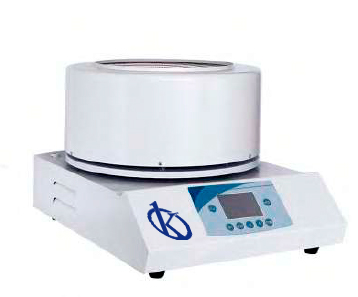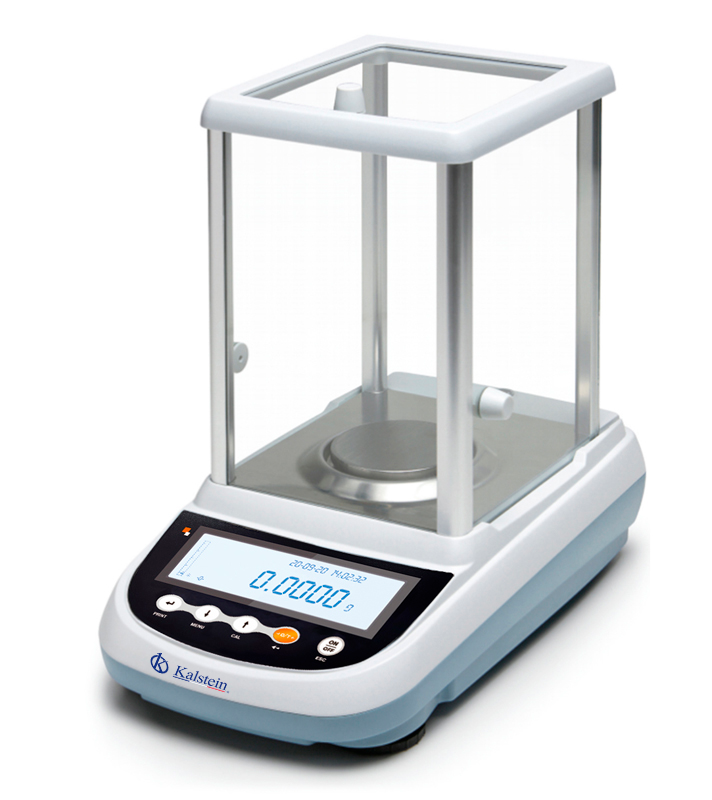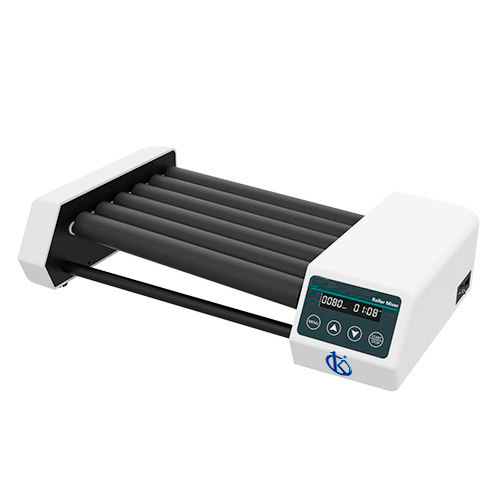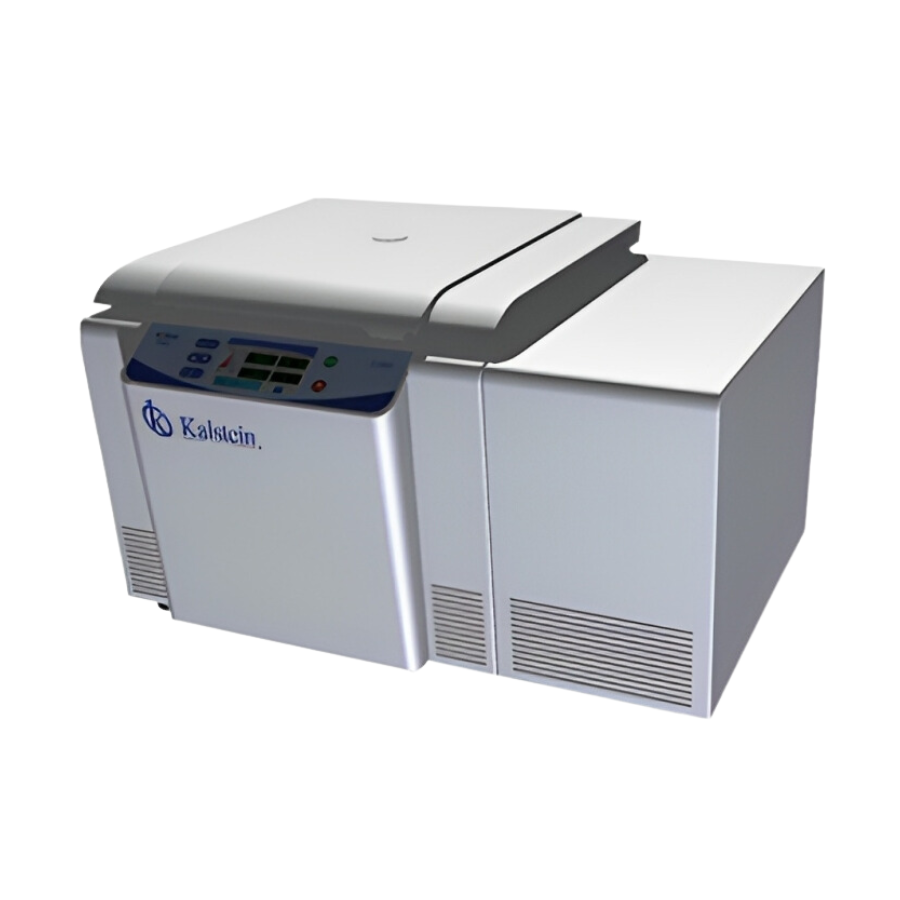Heating cloths are laboratory devices that are used to maintain a constant temperature. These devices are extremely useful for various scientific applications, such as conducting chemical reactions, biological preparations and laboratory experiments. Due to its usefulness, it is important to keep the heating cloths of the laboratory in good condition, to ensure a stable temperature during the performance of scientific tests.
A heating blanket consists mainly of a coil that is heated with an electrical resistance, through which the electric current flows to its desired temperature. Coil insulation is made of materials that do not allow heat to dissipate and remain constant. This is especially important for laboratory applications where it is necessary to maintain a constant temperature for accurate results.
What should be taken into account to keep the laboratory heating cloths in good condition?
The best way to keep the heating cloths in the laboratory in good condition is to pay proper attention. First it is important to check that the resistance of the heating coil is working properly before using it. This can be done by measuring the resistance with a multimeter. If the resistance is inadequate, it must be replaced with a new one before using the heating mantle.
It is also important to ensure that there are no electrical current defects or leaks in the interior of the heating blanket. This can be done by visually examining the coil with a small LED light to look for any damage. If any abnormality is detected, the heater blanket must be replaced. This should also be done if the heating coating stops unexpectedly during a certain laboratory application. If any fault is detected, it is recommended to replace them with new ones to prevent the heat from spreading.
In addition, it is important to perform regular cleaning to keep the heating cloths in the laboratory in good condition. This can be easily achieved using a dust vacuum cleaner or a wet wipe to clean the internal components of the resistance. Cleaning the heating cloths before and after use is an excellent practice to prevent the absorption of foreign particles and extend the service life of the heating cloth.
What care should be taken with the heating cloths?
With exceptions, the heating cloths should not be in operation for more than nine hours without rest, this in order to prevent overheating. This should be avoided so that the heating robe is not damaged by overheating, which can be a problem if the appliance is connected to a power outlet with poor connection or not suitable for its power.
When the heating blanket is in use, it should be noted that manual adjustments to its internal components are not allowed in order to avoid any damage to the resistance with the change of temperature. In addition to this, it is important to warn that heating cloths are not exposed to water, as this would be a danger for users and equipment. Only wet wipes or a dry cloth should be used to clean the mantle. Also, avoid placing objects on the edges of the heating cloth to avoid damaging the heat resistance and the coil of the appliance.
In general, laboratory heating cloths need to be checked frequently to avoid dangerous situations. It is recommended to use a multimeter to check the resistance of the heating coil before use, as well as to perform adequate cleaning periodically to avoid dirt inside. It is equally important not to exceed 9 hours in a row using the heating cloak and to keep objects away from their edges to prevent any damage to this laboratory device.
What Kalstein offers in laboratory heating equipment
Kalstein is a manufacturer of laboratory equipment, which has on sale a variety of heating blankets, which are a solution for laboratories that require this type of devices. With these blankets, in addition to controlling the temperature, you get a uniform heating, they are lightweight and come in analog or digital models. Purchase details and prices are available on the following websites HERE and HERE.




